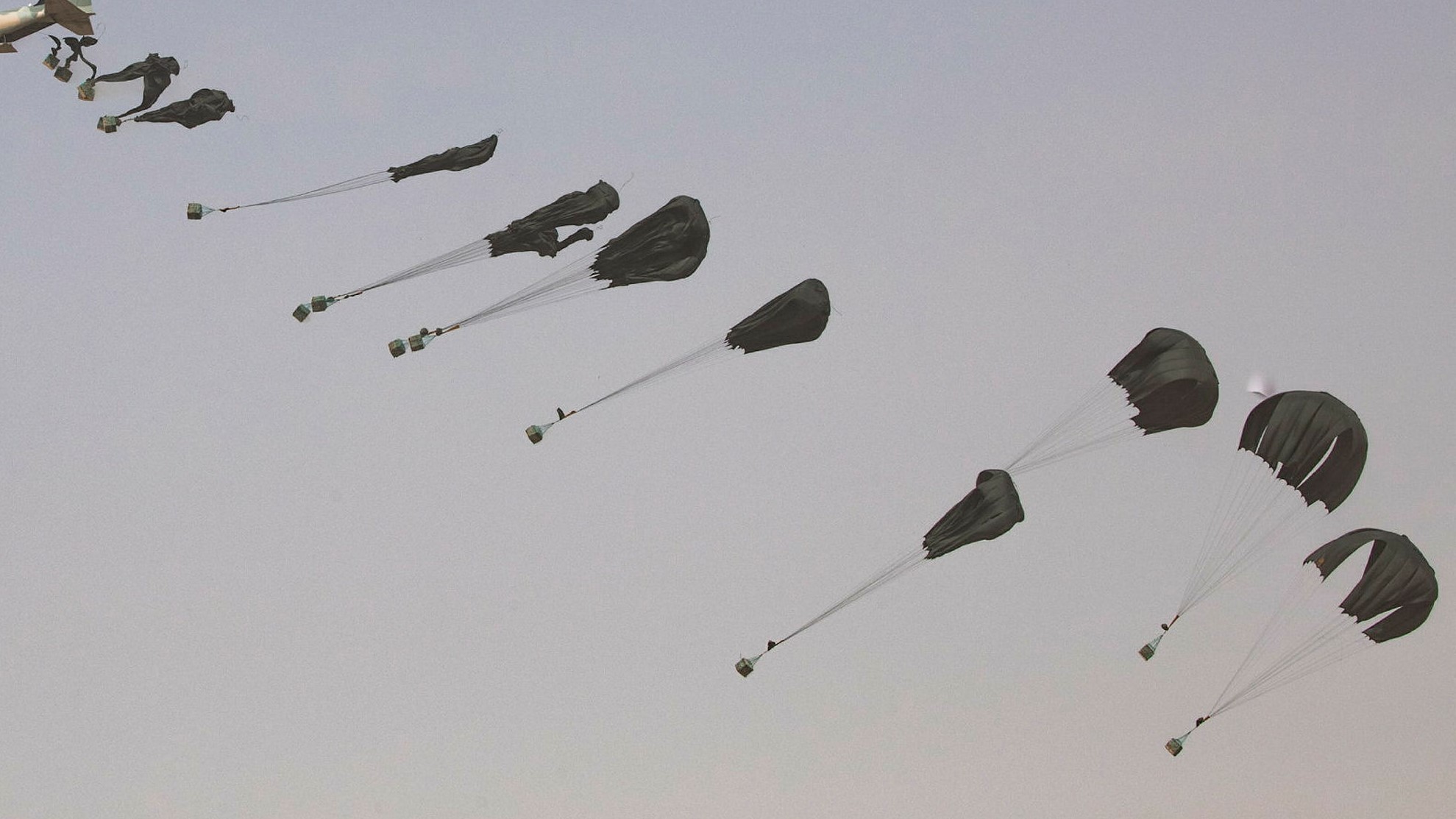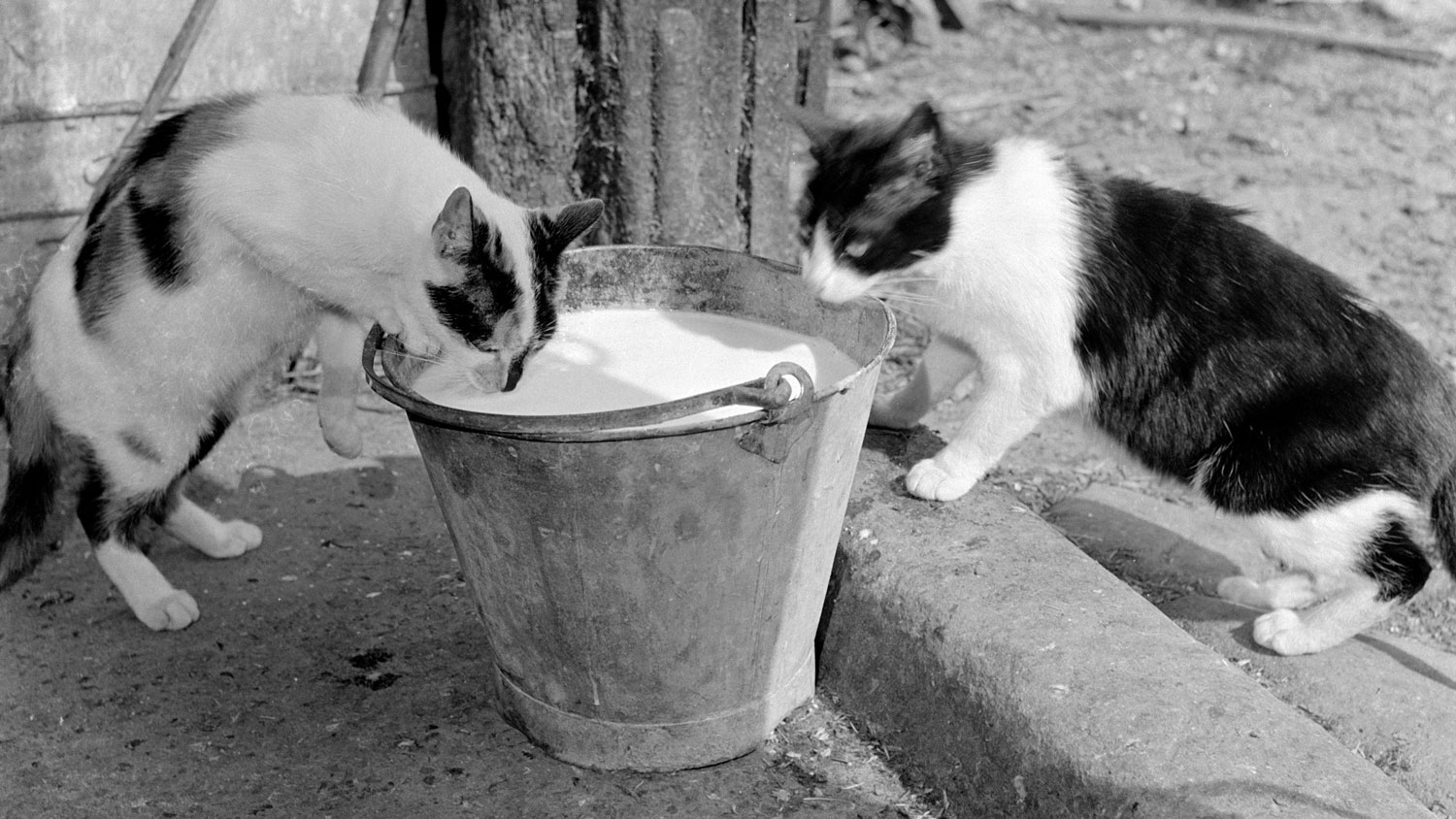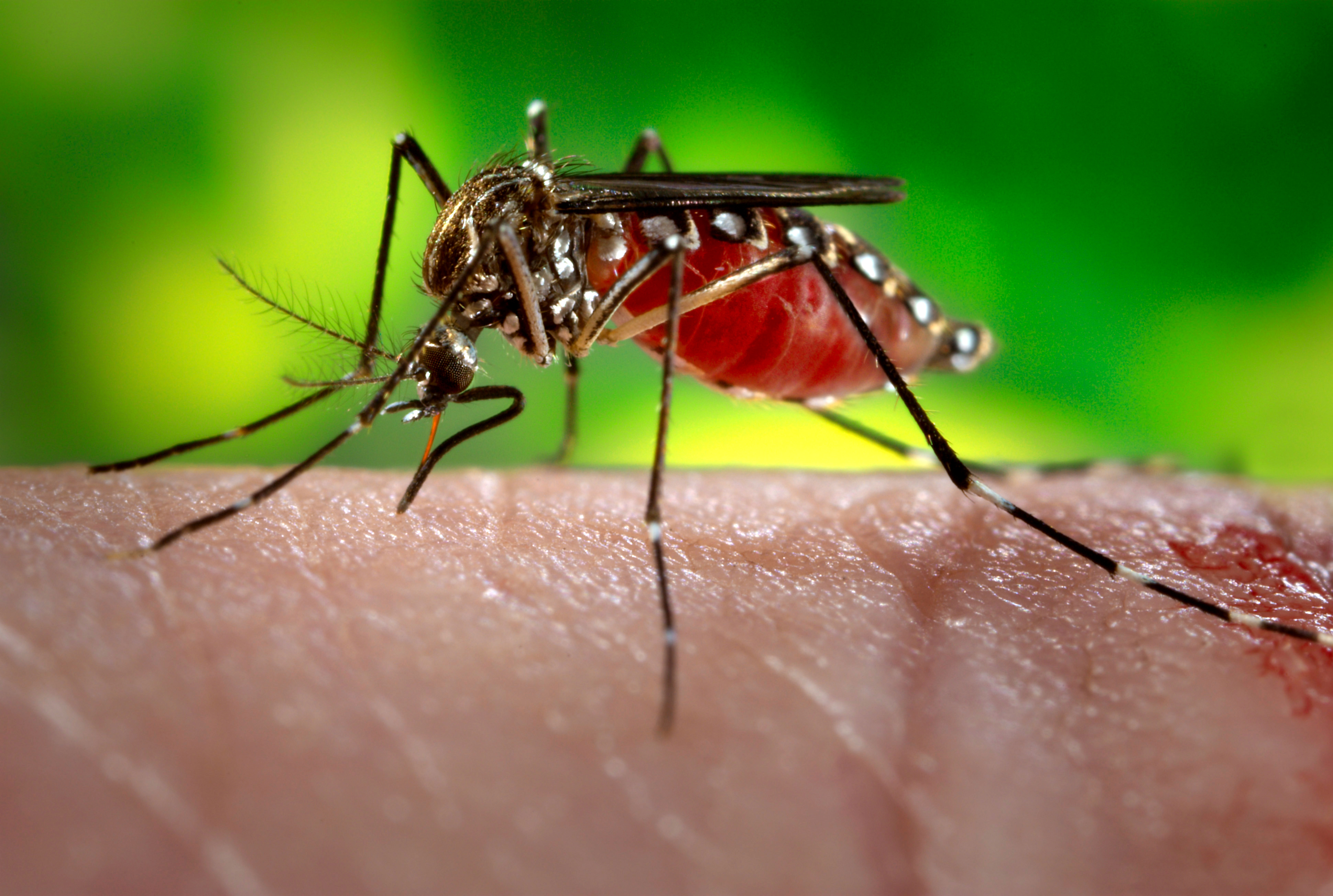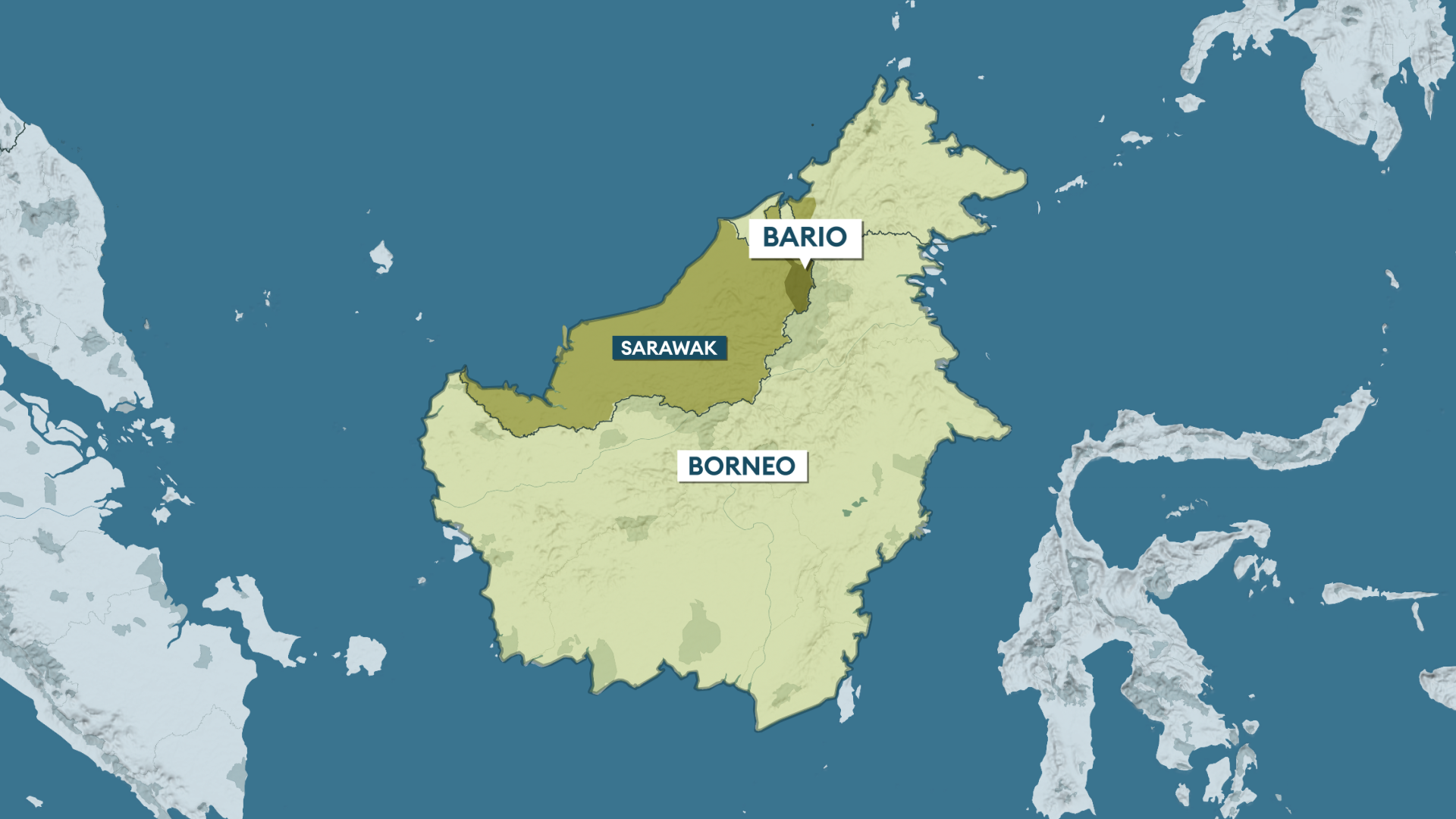
Op Cat Drop: How RAF's feline supply drop saved Malaysian village from rat invasion

In March 1960, above the skies of Bario in Sarawak, a Malaysian state on the island of Borneo, cats fell from the sky – all thanks to the Royal Air Force.
Luckily for them, they were in crates attached to parachutes but, still, it must have been quite the sight for those on the ground.
The RAF were dropping off fearsome feline fighters to help people in desperate need of help with a problem – rats were everywhere.
Rats, cats and mosquitos
A New York Times article by Homer Bigart published two years later, in February 1962, began with the line, "American DDT spray killed the cats that ate the rats that devoured the crops that were the main props against Communist agitation in the central lowlands."
This refers to a series of events that began with the 8th World Health Assembly held in Mexico City in May 1955, where health officials from around the world agreed on the necessity of a malaria eradication program.
Mosquitos were rapidly spreading the deadly disease within the human population through the bites of infected female Anopheles mosquitoes and drastic action was needed to prevent further death.

The plan was to spray low-cost and effective dichlorodiphenyltrichloroethane (DDT) inside large thatched-roofed buildings housing as many as 100 families so that any mosquito landing on a surface would be killed before it could spread the disease any further.
One thing the WHO didn't plan for, however, was the unintended consequences of its good intentions.
Cats, famously, like to groom themselves – a lot.
So when they were lounging about after a day spent doing what they do best – stalking and killing unwanted pests such as mice and rats – they would ingest the toxic DDT by licking their dichlorodiphenyltrichloroethane-covered fur.

In the 1970s pest controllers in Oaxaca, Mexico, using DDT were referred to as "los matagatos" which translated to English as "the cat killers" because of the insecticide's deadly action.
DDT fatally affects the nervous system of insects or animals ingesting it.
Therefore, with nature's feline pest controllers dying due to lying on DDT-covered surfaces and grooming themselves, the rat population, unbothered by their greatest enemy, grew rapidly.
To prevent devastating damage to much-needed crops by rats and to reduce the possibility of humans contracting infections passed on by the rodents, it was time to call in the RAF for a drop of much-needed supplies.

A call for cats was published in The Straits Times – an English language Singaporean newspaper – on 9 March 1960. It said: "WANTED: 30 flying cats to rout rats."
The people of Kuching, Sarawak's capital known affectionately as the City of Cats, gathered a reported 23 cats to help the people of Bario.
The RAF's Air Historical Branch sourced the Operations Record Book for No 48 Squadron RAF for March 1960 which reveals intriguing details such as "four cartons of stout for a recuperating Chieftain".
Piloted by Flying Officer Nimmo, he and his crew flew a Blackburn B-101 Beverley, an aircraft designed to transport either paratroops or supplies through rear loading doors via parachute.
The pilot dropped 7,000lbs of stores including an 800lb vibrator roller used to compact large areas of soil and vegetable seeds.
There were also, rather bizarrely at first glance, more than "20 cats to wage war on rats which were threatening crops".
Upon receipt of the stores, the RAF received a message from Mr McSpomran of Bario, saying: "Many thanks to the RAF and all responsible for air drop arrangements; also to cat donors and cat basket-makers.
"All cats safe and much appreciated."









